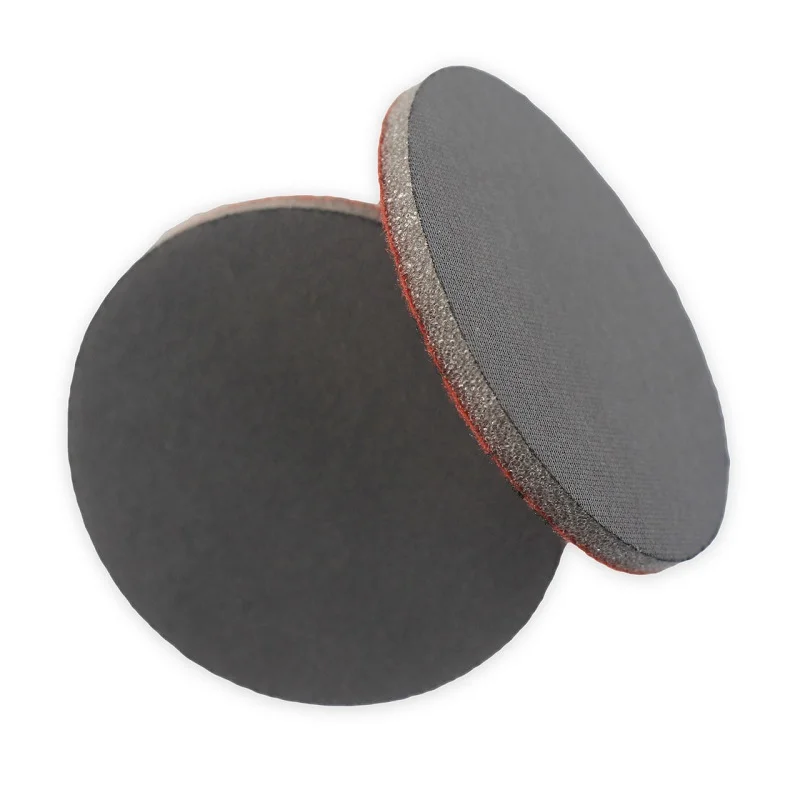Mastering the Art of Downsizing: A Comprehensive Guide to Optimizing Your Tiny House Living Experience
In recent years, the tiny house movement has gained significant traction, appealing to those seeking a minimalist lifestyle, financial freedom, and a smaller environmental footprint. However, transitioning to a tiny house often requires a strategic approach to downsizing. This article delves into the intricacies of how to downsize effectively for a tiny house, ensuring that your living space is not only functional but also a reflection of your personal style and needs.
Understanding the Philosophy of Downsizing
Before embarking on the physical act of downsizing, it is crucial to understand the philosophy behind it. Downsizing is not merely about reducing the number of possessions; it is about embracing a lifestyle that prioritizes experiences over material goods. This mindset shift can significantly influence how you approach the downsizing process.
Step 1: Assess Your Current Lifestyle
Begin by conducting a thorough assessment of your current lifestyle. Consider the following questions:
- What items do you use daily?
- Which possessions hold sentimental value?
- Are there items that you can live without?
Creating a detailed inventory of your belongings can help you visualize what you truly need versus what you can let go. This assessment will serve as the foundation for your downsizing journey.
Step 2: Establish a Downsizing Plan
Once you have a clear understanding of your lifestyle, it’s time to create a downsizing plan. This plan should include:
- Goals: Define what you want to achieve through downsizing. Is it to declutter your space, reduce stress, or save money?
- Timeline: Set a realistic timeline for your downsizing efforts. Depending on the volume of your possessions, this could range from a few weeks to several months.
- Methods: Decide on the methods you will use to downsize. Popular strategies include the Marie Kondo method, which emphasizes keeping only items that spark joy, or the 90/90 rule, which suggests letting go of items you haven’t used in the past 90 days and won’t use in the next 90 days.
Step 3: Categorize and Declutter
With your plan in place, it’s time to roll up your sleeves and start decluttering. A systematic approach can make this process more manageable:
- Room by Room: Tackle one room at a time to avoid feeling overwhelmed. Start with less emotionally charged spaces, such as the bathroom or kitchen.
- Sort into Categories: Create categories for items: keep, donate, sell, and discard. This will help streamline the decision-making process.
- Use the Four-Box Method: Label four boxes as “Keep,” “Donate,” “Sell,” and “Trash.” As you go through each item, place it in the appropriate box. This visual representation can help clarify your choices.
Step 4: Optimize Your Tiny House Space
Once you’ve decluttered, it’s time to think about how to optimize your tiny house space. Here are some practical tips:
- Multi-Functional Furniture: Invest in furniture that serves multiple purposes, such as a sofa bed or a coffee table with storage. This can significantly reduce the amount of furniture you need.
- Vertical Storage Solutions: Utilize vertical space by installing shelves or cabinets that reach the ceiling. This not only maximizes storage but also draws the eye upward, making the space feel larger.
- Declutter Regularly: Make decluttering a regular habit. Set aside time each month to reassess your belongings and remove items that no longer serve you.
Step 5: Embrace Minimalism
As you settle into your tiny house, embrace the principles of minimalism. This lifestyle encourages intentional living, where each item you own has a purpose and adds value to your life. Consider the following practices:
- Mindful Purchasing: Before acquiring new items, ask yourself if they align with your values and if they will enhance your living experience.
- Digital Solutions: Reduce physical clutter by transitioning to digital alternatives. For instance, opt for e-books instead of physical copies, and store important documents in the cloud.
- Quality Over Quantity: Invest in high-quality items that will last longer and serve you better, rather than accumulating a large number of cheaper alternatives.
Conclusion
Downsizing for a tiny house is a transformative journey that requires careful planning, reflection, and a commitment to a minimalist lifestyle. By assessing your current lifestyle, establishing a downsizing plan, categorizing your belongings, optimizing your space, and embracing minimalism, you can create a tiny house that is not only functional but also a true reflection of who you are. Remember, the goal is not just to fit your life into a smaller space, but to enhance your quality of life through intentional living. Embrace the freedom that comes with downsizing, and enjoy the journey towards a simpler, more fulfilling existence.

